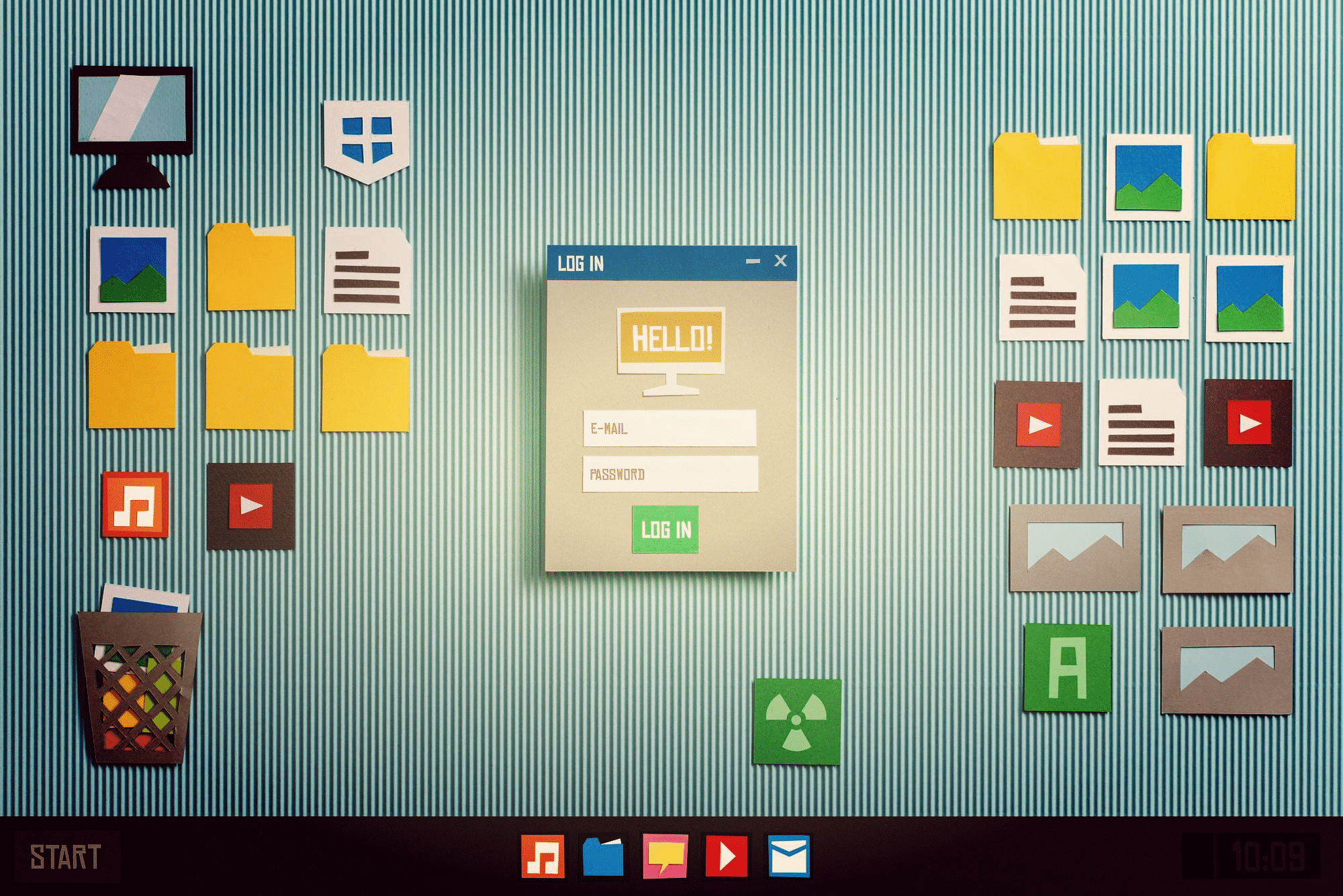Buying anything If you are looking for a modern television, it is likely that you are trying to decide between QLED and OLED. While both of these technologies are impressive in their own right, is there a better option? Let us break down the difference between these two types of TV’s and see how they compare.
What is QLED?
QLED is an abbreviation for Quantum Light-Emitting Diode. In other words, that unlike regular LED TVs, QLED televisions use tiny nanoparticles called quantum dots to power its brightness and color.
While quantum dots sound like the coolest thing ever, a QLED TV and a LED TV produce light in the exact same way. The use a backlight comprised of sometimes over a thousand LEDs that are placed behind a standard LCD panel.
What is OLED?
OLED is short for Organic Light-Emitting Diode. It means that each pixel in an OLED set is also a small LED light. These lights produce both light and color at the same time. This means that these TV sets do not need a backlight since the OLED pixels produce their own light.
Where can you buy QLED or OLED televisions?
While these televisions were previously made by one manufacturer, production of these types of televisions have been expanded into a plethora of companies. Because of this, QLED and OLED TVs can be purchased at most retailers and electronic stores.
How long do these televisions last?
On average, televisions last a maximum of seven years. However, technology is growing and some have been developed to last as long as eight to ten years. While QLED televisions have a proven track record of lasting for a while, the OLED televisions have been around for less than ten years, meaning that they will have to be out on the market a bit longer for us to actually see how long they will last.
Which is better? OLED or QLED?
After learning a bit about what QLED and OLED means, compare the two types of television sets in their performance. From deeper contrast to brightness and even which type is better for gaming, let us see which is better between QLED and OLED.
Compare and Contrast
Contrast by definition is the range between the darkest and brightest parts of an image. Higher contrast sets add a lot of depth to a viewing experience. In comparison, low contrast sets make images seem less dimensional.
OLED is the definite winner here. This is because its pixels allow it to completely go black. Unlike other types of televisions that only light black, OLED has the ability to go entirely black. This adds a whole other level of contrast that cannot be mimicked.
QLED screens on the other hand have to dim their LED blacklight which leads to something called light bleed. Light bleed occurs when the backlight adjacent to the black area is lit up and seeps into the surrounding area. This leads to a not quite entirely black area which means not the darkest possible black.
Brightness Comparison
Because QLED televisions use a backlight, they are much brighter than the individual pixel lit OLED sets. On top of this, the QLED quantum dots have the ability to maximize light, producing brighter and more saturated colors with the brighter backlight. Because of this, QLED televisions are great even in well-lit rooms where a OLED would be harder to see. If you are trying to put a TV in a room with lots of windows, go with the QLED.
Gaming and Response Time
Think of response time as a blur. The slower a pixel responds to a frame, the blurrier the screen is going to be. Because of this, faster response televisions have an advantage in crisp imagery. In the battle of response time, OLED sets win by a long shot. They are faster than QLED sets by over 20 times in some cases.
In the comparison of gaming, both types of TVs are powered with game modes, allowing for a better and faster gaming experience. With a faster response time, an OLED set could make for a better experience though.
Size Comparison
At this point, QLED and OLED TVs have reached sizes that will max out of the typical living room entertainment space. While one technically can be made to be bigger than the other, this should not affect your decision in purchasing a television.
Viewing Angle
Have you ever looked at a television from the center of the screen then moved to the side and noticed a vignette effect? This is called the viewing angle. Because of varying viewing angle issues in previous televisions where the television can only be seen from the center of the screen, some manufacturers have created screens that are curved to create a consistent viewing angle experience.
Between OLED and QLED, there are some differences in the viewing angles. For QLED televisions, the best view is from the center. As a viewer shifts from side to side and up and down, the picture quality goes down in every way. From color to brightness and contrast and clarity, the QLED viewing angle is very limited outside of sitting straight on.
On the other hand, OLED screens can be viewed without issue from any issue. This is because of the OLED anti-reflective layers within the screen.
With this in mine the OLED screens are best for watching television in a large room with lots of people over. This allows your guests to sit in any part of the room and still be able to the screen to its fullest potential.
Burn In
Have you ever heard someone say to not leave your television screen on or to not have it paused on a screen for a long period of time? They probably were trying to protect you from something called image or graphic burn in. Burn in is what happens when a television screen is on the same image for too long and actually burns the image into the screen permanently. This can also happen if you watch the same channel regularly for an extended period of time and their logo becomes a permanent part of your screen.
OLED televisions are at risk for burn-in image retention because of the way that their pixels light up in the screen. If burn in occurs, there really is not any way to reverse it. If you have kids who are likely to walk away from a paused movie or if you yourself like to watch the same channel with a logo in the corner of the screen for hours on end, you probably should not purchase an OLED television.
On the other hand, QLED screens are at a zero risk for burn in.
Energy efficiency
Because they do not require a backlight, OLED televisions consume much less power than a QLED television. If saving on your energy bill and protecting the environment is a priority for you, an OLED television is the right choice for you.
Which television should you choose?
While QLED televisions and OLED televisions are both great products, it is important to determine which television works best for you. If you want a television that is energy efficient, go with an OLED TV. If you want a television that is bright, go with a QLED television. Everyone has different needs in their entertainment and television viewing experiences, so it is important for you to decide which type works best for you and your home.
If you have further questions or want to learn more, visit your local electronics store to take a look at QLED televisions and OLED televisions yourself. This will allow you to make a more informed decision when it comes to purchasing a home television. Take a look at the above guide to get an idea of what matters most to you, and go from there.



